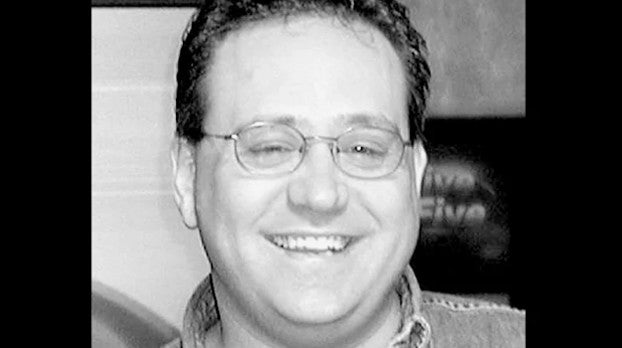SH105 Toll Road Is Anything But Transparent
Published 10:20 am Thursday, April 7, 2016
Editorial by Sharon S. Odegar
The author of the column “Development of the SH105 Toll From Conception to Concrete,” March 26-27th Orange Leader, states that his goal is to be “transparent.” In fact, the column is anything but transparent. First, nowhere in the entire body of the column itself does the word “toll” appear. Let’s be clear: “SH105 Toll” is a proposed Toll Road. The proposed route is from SH105 in Jefferson County to cross the Neches River, go through wetlands and forests of the Big Thicket National Preserve, and private land, cut a swath over Vidor with limited access and connect to IH-10.
Who are the “we”, “us” and “our” that is repeatedly used in this opinion piece? If you are “transparent” surely you would identify yourself. Especially his statement in the 3rd paragraph: “for us to be transparent in our endeavors to improve our community.” Who in this group of unknowns lives in our community?
Trending
Looking at www.105tollroad.com, the only company named in the content is Stantec Engineering, a consulting firm in the business of estimating traffic for road builders. According to the Federal Highway Administration’s website, www.fhwa.dot.gov/ipd/project_profiles/tx_central_turnpike.aspx, Stantec did the traffic and financial forecasting for the SH130 road east of Austin, the claimed “reliever” for I-35. The private operator of SH130 has just filed for bankruptcy, with the road struggling financially because of “light traffic.” (American Statesman, March 4, 2016). Hardly confidence-inspiring.
The SH105 toll road website identifies “105 Turnpike, LP” at the bottom of each page. The Texas Secretary of State website that lists Texas companies does not show a “105 Turnpike, LP.” It lists a “105 Toll Road, LP” (limited partnership, which means no one is personally liable for their bad decisions), which is managed by a “105 Toll Road GP, LLC” (limited liability corporation, another shielded company), which is managed by Texas Turnpike Corporation, which is in turn owned by the principals of Public Werks, Inc. (the spelling of “Werks” implies foreign investors, though the company’s principals are Dallas-based). None of the “105” companies have ever built a road. Texas Turnpike Corporation squeaked by a state law in the early 1990s that prevents any new toll road companies from forming. The company is trying to build a private toll road in north Texas and has run into such substantial citizen opposition (see www.notollroad.com) that a state law has been passed that strips toll road companies of any power to condemn your property. That means that they’ll need your elected officials’ help to acquire land (condemn your property).
And what of the Community Development Education Foundation, the organization the author of the recent Orange Leader column is identified as the Executive Officer? This is not a legal company in Texas, according to the Secretary of State website, which shows it as having a “forfeited existence.” Now I can understand why the project would be less than “transparent” about its team.
The column says the 10 miles of concrete highway would be “eco-friendly” and a thing of “beauty.” Nowhere does the author say the concrete highway would cut through one of the prime natural areas of our region – the Big Thicket National Preserve – destroying wetlands and forests. The Big Thicket brings jobs and money to our region, from jobs of the park service to money spent by tourists and hunters. The claim that a highway would “bring relief” to the “struggling wetland and its creatures” is nonsense. The claim that the toll road would provide “flood relief” sounds like the Sales Pitch for Toledo Bend Dam years ago, hydroelectric, recreation, and flood control. Interstate 10 did not bring any “relief” to recent floods of the Sabine River and, in fact, had to be closed for several days.
The author doesn’t say how much cars and trucks would be charged to use this 10-mile toll road, but at least he acknowledges that “there is no immediate return on the investment to pay for this project.” That’s because there won’t be enough traffic to pay off the debt, which will be at least $150 million in construction costs to start according to the website www.105tollroad.com. If this toll road is built, who is going to pay for the cost of maintenance? The author states: “This project relies on us to pay for it now, so that in 30 or 40 years, those generations will see the benefit.” Who is US? In 30 or 40 years who is going to fix all of the problems with this road?
And lastly, the column claims that “growth that is generated by the development” will help pay for the toll road. What growth and development is that? Certainly not from Vidor, who will see its Main Street businesses suffer from the limited-access toll road, similar to the fate of small cities who thought a “bypass” would be their salvation, only to see it stunt their growth.
Trending
This seems to be a planned attempt to feed the public biased, partial information and lull them into not questioning anything. Southeast Texans should be against this toll road.
Sharon S. Odegar lives in Orange County. Communications may be directed to editorial@orangeleader.com





